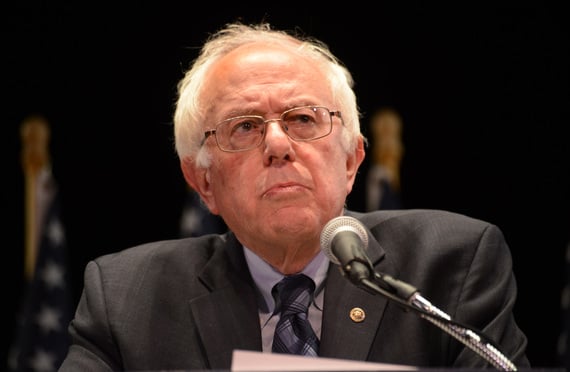 Next year U.S. employers intendto reward their non-management exempt employees with average payincreases of 3.1 percent in 2019; this year they handed out payraises of 3.0 percent.
Next year U.S. employers intendto reward their non-management exempt employees with average payincreases of 3.1 percent in 2019; this year they handed out payraises of 3.0 percent.
The tight job market means that employers arewilling to part with “slightly larger” pay raises and “modestly larger” discretionary bonuses when the calendar ticksover.
|That's according to a new survey by Willis TowersWatson, which also found that in their quest to hang on totop-performing employees, bosses also gave those workers thebiggest raises this year.
|Related: 7 jobs with the highest potential for salarygrowth
|The 2018 General Industry Salary Budget Survey, conducted byWillis Towers Watson Data Services, finds that next year, U.S.employers intend to reward their non-management (professional)exempt employees with average pay increases of 3.1 percent in 2019;this year they handed out pay raises of 3.0 percent.
|Nonexempt hourly employees will also be in for raises that are atad larger than this year: 3 percent in 2019, compared with 2.9percent in 2018. Executives are in for slightly smaller raises, 3.1percent compared with 3.2 percent, and levels won't change foreither management employees (3.1 percent) or nonexempt, salariedemployees (3.0 percent).
|Pay increases have lagged in the neighborhood of 3 percent forthe past 10 years, and only 3 percent of companies intend to freezesalaries next year. The last year in which raises weresignificantly larger was back in 2008, when they were around 3.8percent.
|Bets are off when it comes to high performers, however;according to the survey, companies are still rewarding “star”performers at a notably higher percentage than “average”performers. Those with top marks in their evaluations got anaverage raise of 4.6 percent in 2018; that's 70 percent higher thanaverage-rated employees, who got 2.7 percent raises.
|Oh, and those discretionary bonuses, the ones handed out forspecial projects or one-time achievements? Those are expected toaverage 5.9 percent of salary for exempt employees next year, morethan the ones handed out this year. In addition, slightly largerdiscretionary bonuses are planned for managers and salaried,nonexempt employees. Annual performance bonuses, usually dependenton company and employee performance goals, are expected to holdsteady or even fall slightly in 2019 for most employee groups.
|“A growing number of companies are coming to grips with the factthat employees are more willing to change companies to advancetheir careers and to talk openly about their pay,” Sandra McLellan,North America Rewards business leader at Willis Towers Watson, saysin a statement. She adds, “As a result, organizations are facingincreased pressure entering next year to devise a focused strategyand plan on how to allocate their precious compensation dollars orrisk losing some of their best talent.”
Complete your profile to continue reading and get FREE access to BenefitsPRO, part of your ALM digital membership.
Your access to unlimited BenefitsPRO content isn’t changing.
Once you are an ALM digital member, you’ll receive:
- Critical BenefitsPRO information including cutting edge post-reform success strategies, access to educational webcasts and videos, resources from industry leaders, and informative Newsletters.
- Exclusive discounts on ALM, BenefitsPRO magazine and BenefitsPRO.com events
- Access to other award-winning ALM websites including ThinkAdvisor.com and Law.com
Already have an account? Sign In
© 2024 ALM Global, LLC, All Rights Reserved. Request academic re-use from www.copyright.com. All other uses, submit a request to [email protected]. For more information visit Asset & Logo Licensing.








